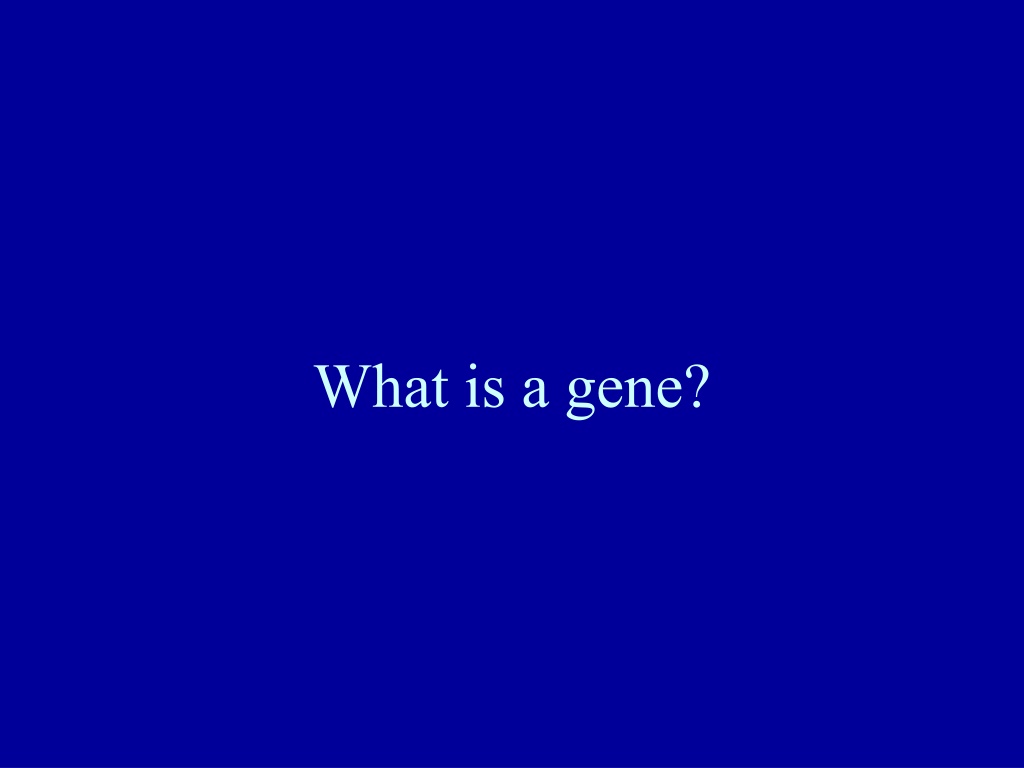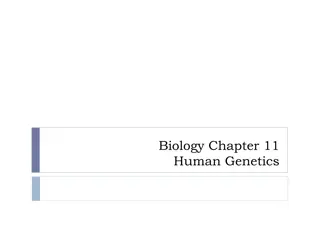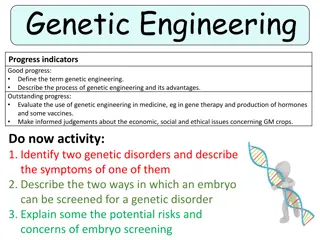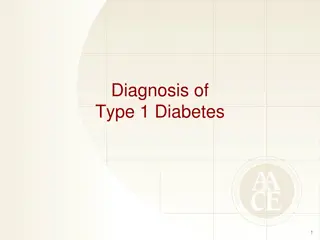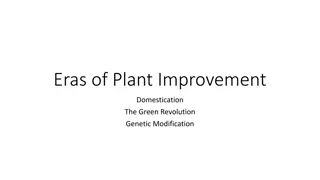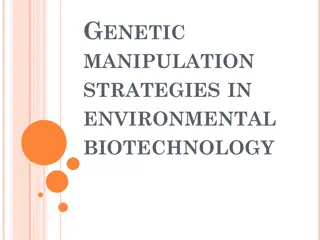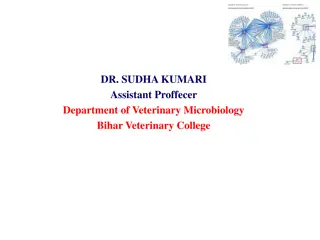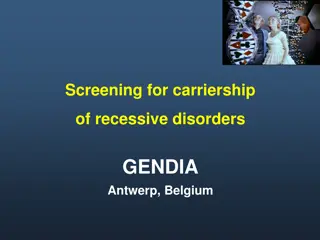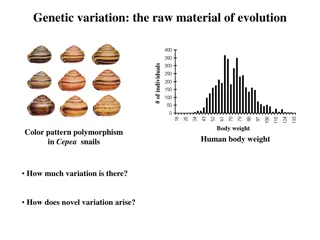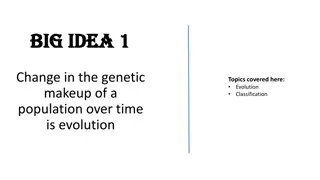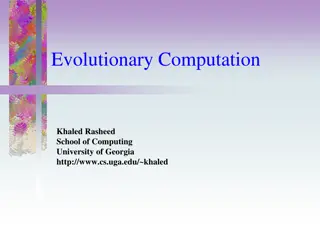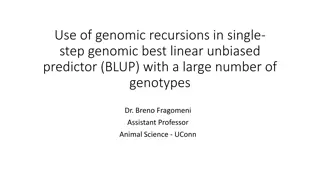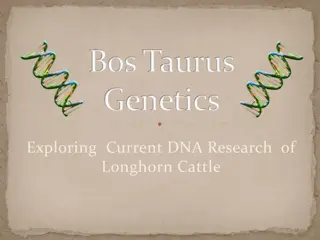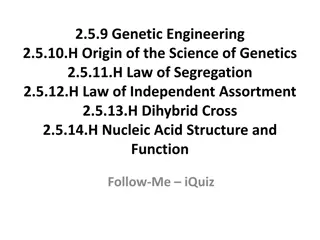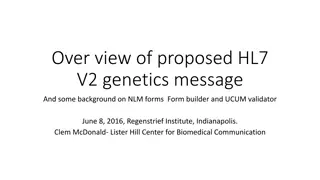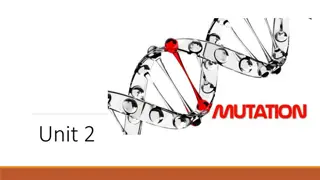Evolution of Genetic Understanding
Tracing the concept of a gene from Mendel's characters to Beadle and Tatum's groundbreaking one gene-one enzyme hypothesis, geneticists have unraveled the role of genes in inherited traits and metabolic pathways. This journey showcases the essence of genetic information and its impact on phenotype expression, offering insights into the precise pathways controlled by genes.
Download Presentation

Please find below an Image/Link to download the presentation.
The content on the website is provided AS IS for your information and personal use only. It may not be sold, licensed, or shared on other websites without obtaining consent from the author. Download presentation by click this link. If you encounter any issues during the download, it is possible that the publisher has removed the file from their server.
E N D
Presentation Transcript
Definitions of the gene The gene is to genetics what the atom is to chemistry. The gene is the unit of genetic information that controls a specific aspect of the phenotype. The gene is the unit of genetic information that specifies the synthesis of one polypeptide.
How has the concept of a gene developed in the minds of geneticists?
Mendel (1866) Inheritance is governed by characters or constant factors that each controls a phenotypic trait such as flower colour.
Garrod (1909) Inborn errors of Metabolism Inherited human metabolic disorders such as alkaptonuria result from alternative metabolism. Individual genes can mutate to cause a specific metabolic block. Concept later elaborated as one gene-one enzyme . Over 4,000 inherited genetic disorders have now been described.
Metabolic mutations in Drosophila (Beadle and Ephrussi) Fly eyes are normally dark red because of two pigments, one bright red and one brown. Mutants in v or cn have bright red eyes because they lack brown pigment. Disk transplantation experiments showed that wild-type hosts produce a diffusible substance than can allow v or cn disks to form dark red eyes. v disks transplanted into cn hosts also develop normally, but cn disks transplanted into v hosts still develop bright red eyes!
Explanation: v and cn affect different steps of the same metabolic pathway
Beadle and Tatum (1942)--One Gene, One Enzyme Bread mold Neurospora can normally grow on minimal media, because it can synthesize most essential metabolites. If this biosynthesis is under genetic control, then mutants in those genes would require additional metabolites in their media. This was tested by irradiating Neurospora spores and screening the cells they produced for additional nutritional requirements (auxotrophs).
Are genes both the basic functional unit and the smallest genetic structural unit? Until 1940, the gene was considered as the basic unit of genetic information as defined by three criteria. The unit of function, controlling the inheritance of one character or phenotypic attribute. The unit of structure, operationally defined by recombination and by mutation.
Oliver (1940) - intergenic recombination at lozenge Mutations in lozenge affect eye shape in Drosophila. Two mutations, lzsand lzg, were considered alleles of the same gene because lzs/lzgheterozygotes have lozenge, not wild-type, eyes. But when lzs/lzgfemales are crossed to lzsor lzg males, about 0.2% of the progeny are wild-type! These must result from recombination between lzsand lzg , because the wild-type progeny always had recombinant flanking markers. Also, the frequency of 0.2% is much higher than the reversion rate of the mutations.
Further studies of intergenic recombination in bacteriophage and bacteria (where billions, instead of thousands, of progeny can be analyzed) showed that recombination occurs between adjacent nucleotide pairs.
So the nucleotide, not the gene, is the basic unit of genetic structure.
The coding sequence of a gene and its polypeptide product are colinear
Summary Mendel s work established the concept of the gene. This concept has evolved from: the unit that can mutate to cause a specific block in metabolism to the unit specifying one enzyme to the sequence of nucleotide pairs in DNA encoding one polypeptide chain.
This powerpoint was kindly donated to www.worldofteaching.com http://www.worldofteaching.com is home to over a thousand powerpoints submitted by teachers. This is a completely free site and requires no registration. Please visit and I hope it will help in your teaching.
